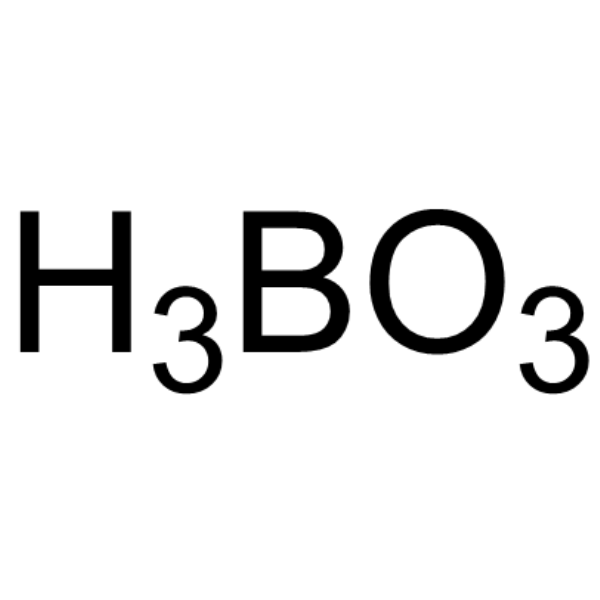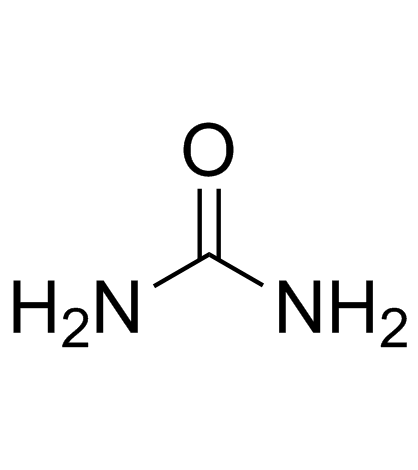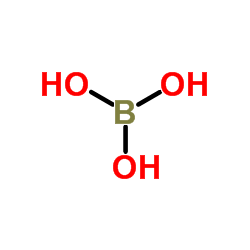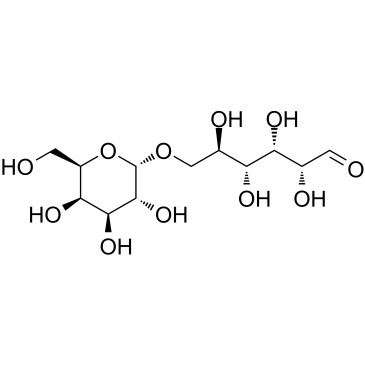| Structure | Name/CAS No. | Articles |
|---|---|---|
 |
sodium chloride
CAS:7647-14-5 |
|
 |
Potassium bromide
CAS:7758-02-3 |
|
 |
Orthoboric acid
CAS:10043-35-3 |
|
 |
L-(+)-Lysine monohydrochloride
CAS:657-27-2 |
|
 |
o-Phenylenediamine
CAS:95-54-5 |
|
 |
Urea
CAS:57-13-6 |
|
 |
SODIUM CHLORIDE-35 CL
CAS:20510-55-8 |
|
 |
Boric acid-11B
CAS:13813-78-0 |
|
 |
Ethylenediaminetetraacetic acid
CAS:60-00-4 |
|
 |
Melibiose
CAS:585-99-9 |